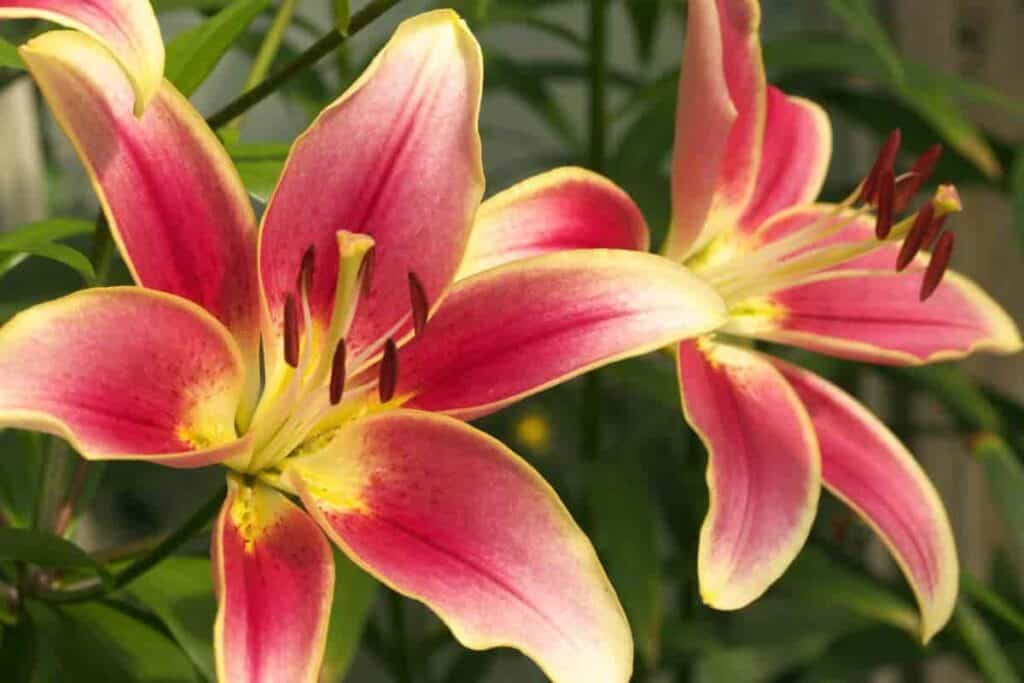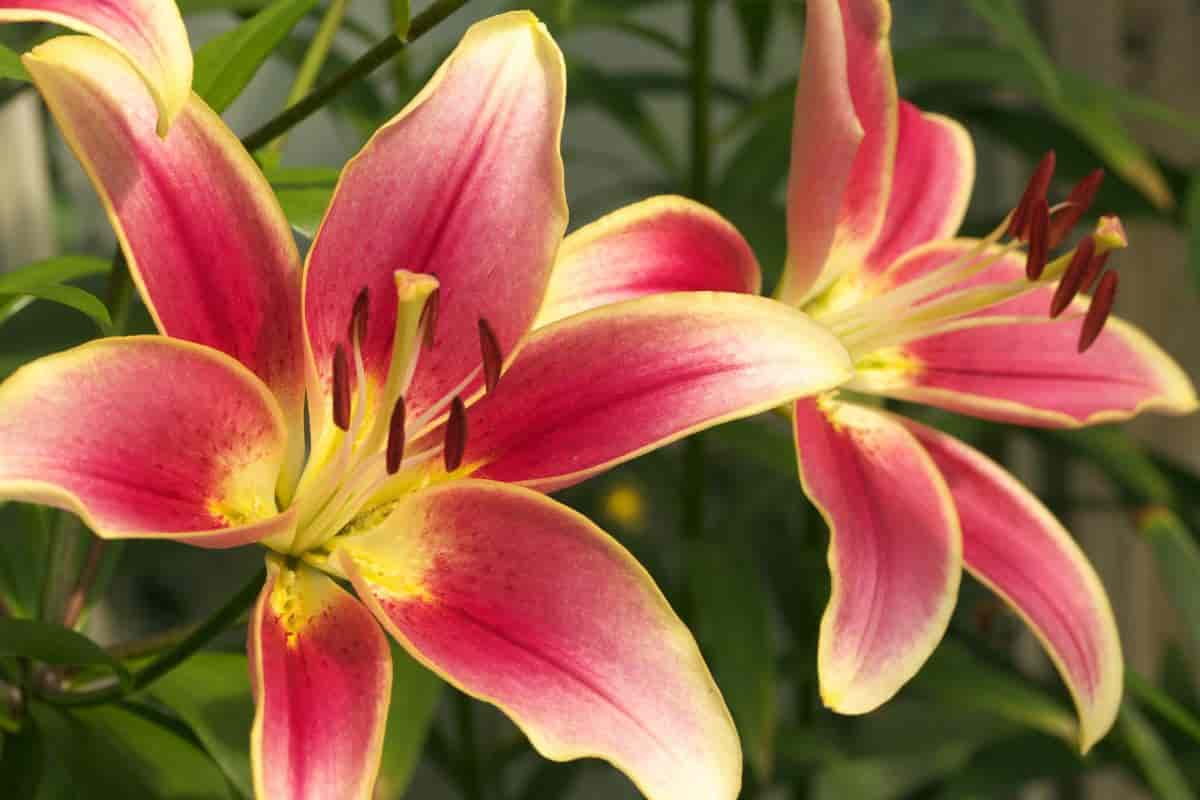How would you like to look out of your window at a snowbank of sweetness, with a beauty that delights the eye, the fragrance that pleases the nose, and purity and perfection that satisfy the soul? Then try Easter lilies – the lazy man’s flowers.

Since they are dormant during the hot summer months when it takes an extra effort simply to stir about, they are ideal for central Florida.
Advantages Of Growing Lilies
They withstand the occasional frosts, have almost no pests or diseases, multiply so rapidly that they nullify their original cost, and need to be dug only every third year.
One of the easiest flowers to grow, the Bermuda Easter lily, Lilium longiflorum harris, is a springtime joy.
Bulblets an inch across will bloom, the number of blooms increasing as the bulb grows larger.
The average number of blooms for a mature bulb runs from 11 to 15, with 20 or more not unusual, borne on thick, strong stalks.
How To Set Out The Bulbs
Set out the bulbs any time from mid-August to late October, 2’ feet apart, in sun or shade.
Since the soil of central Florida is mostly sand, you need not prepare the entire garden space.
Dig a hole about 8” inches square and 8” inches deep, drop in a big handful of fertilizer, mix it with the soil, and set the bulb with its top 4” to 6” inches below the surface of the ground. Then leave them alone for three years.
Mulch To Keep Weeds Down
If they are widely spaced, you can care for them with a hoe without having to stoop.
Cultivate only enough to keep down weeds. Then, let the weeds lie and hoe them into the soil the next time you cultivate.
When the plants are about 6” inches high, mulch with leaves, vegetable trimmings, or shrub clippings.
This keeps down weeds and helps to keep the ground cool, slows up the evaporation of moisture, and adds needed humus to the soil.
Application Of Fertilizer
Any of these fertilizers give good results: ordinary lawn or garden fertilizer, special azalea fertilizer, sheep manure, or a 4.8.6 formula; the latter two are probably the best.
Don’t bother measuring; just scatter by hand around w the plants. Washing off with a hose any fertilizer which spills on the foliage. You don’t have to hoe it in.
Give five fertilizer applications: when plants are 6″ inches high, when they are 1′ foot high, when buds begin to show, when buds turn down, and after blooming to nourish the bulb for another season.
Water at least twice a week, giving enough to reach the roots and continuing for a month after blooming.
After the last fertilizer application is made, all you need to do is keep the weeds out.
When stems are dry and brittle, grasp them with a twisting motion, and they will come away easily from the bulb.
Cutting Of Blooms
When cutting blooms, leave 6” or 8” inches of the stalk to feed the bulb. Cut at any time which is convenient for you; there is no hocus-pocus about the time of day or wetness or dryness.
Dig your bulbs in August or September only when they become too crowded to care for easily. You can dig them more often but it isn’t necessary.
No Exposure To Sun
The longer a lily bulb is left out of the ground, the more it deteriorates, eventually crumbling to powder.
Reset them within a day or so, and don’t expose them to the sun for more than a few minutes at a time. Then forget them until they come up sometime in November.
Combatting Diseases
In this section, no insects bother lilies except grasshoppers. To combat these, dust with chlordane. The only disease to contend with is mosaic.
Indications are yellowed, stunted plants, flattened crowns, blasted buds, and dappled white spots on the leaves.
Dig out the infected plant immediately and burn it. As mosaic is said to be a virus in the soil, don’t set other bulbs in that location.
So there are few set rules, no special fertilizers, and no difficult technical care. They can be set at different depths, left alone for long periods, and they multiply like rabbits.
They are so well suited to this section, so consistently satisfactory, and so beautiful that every garden in central Florida should have a bed of them.
44659 by W Brown
